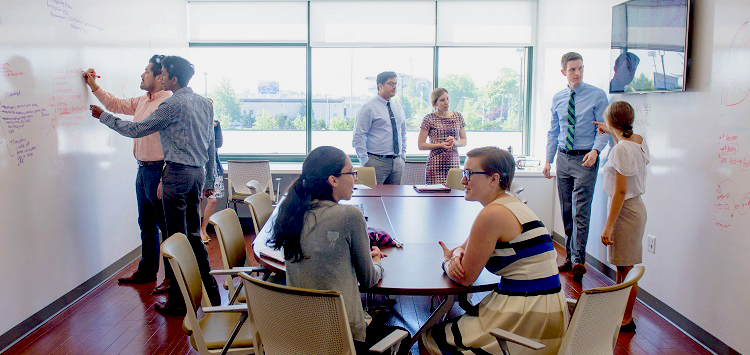Transitions
The Transitions course is designed to bridge the divide and ease the shift between the First and Second 100 Weeks. Students have the opportunity to practice essential clinical skills for the third year, including oral presentations and documentation and advancing their knowledge in point of care ultrasound. Students gain exposure to the hospital system through experiences in Anesthesia and by spending a morning learning from nurses on the wards. In addition, students are oriented to the clerkships they are about to enter and participate in a clinical reasoning session with the Dean. Practical skills and knowledge designed to help students make an easy adjustment to ACE are highlighted, including use of the electronic medical record (EMR). Wellness and reflection sessions emphasize ways to avoid burnout in the clinical years.
- Course Goals
At the end of Transitions, students will be able to:
-
Discuss the roles and responsibilities of 3rd year medical students on the wards, as well as resources to access for personal and professional questions and concerns.
-
Document a clear written summary of a patient admission, including history, physical exam, assessment, and plan.
-
Document a patient progress note using the SOAP (Subjective, Objective, Assessment, Plan) format.
-
Navigate the inpatient and outpatient electronic medical records for clinical information.
-
Present a patient, including history, physical, assessment, and plan accurately and completely to a supervising physician using a standard oral presentation format.
-
Prepare a concise patient presentation updating the plan of care for use on work rounds.
-
Understand and appreciate the roles of nurses in the inpatient setting.
-
Discuss resources to use in the acquisition of clinical knowledge and in answering clinical questions in the clinical setting.
-
Demonstrate techniques used to search the medical literature.
-
Perform basic life support.
-
Reflect on areas for personal and professional growth and learning during clinical rotations.
-
Appreciate the roles and responsibilities of anesthesiologists and identify common procedures and medications used by anesthesiologists.
-
Continue to use point of care ultrasound in clinical reasoning.
-
Enter upcoming clerkships with an understanding of the expectations of the clerkships and an introduction to the basic knowledge and skills required to be successful in the clerkships.
-


